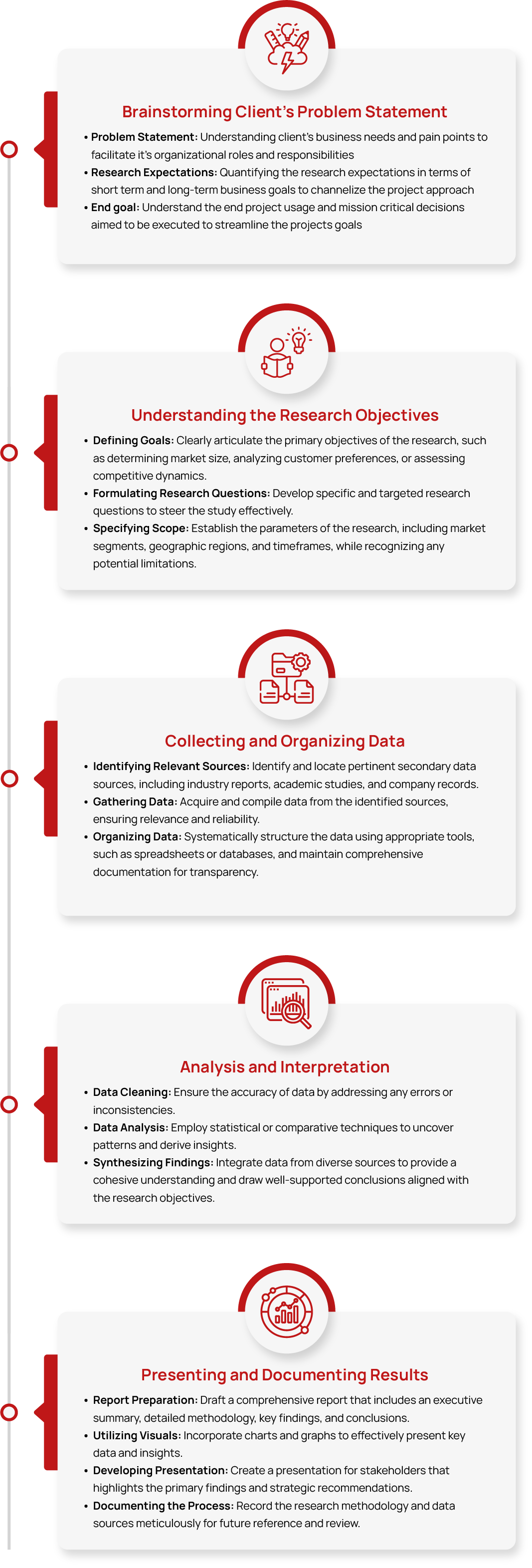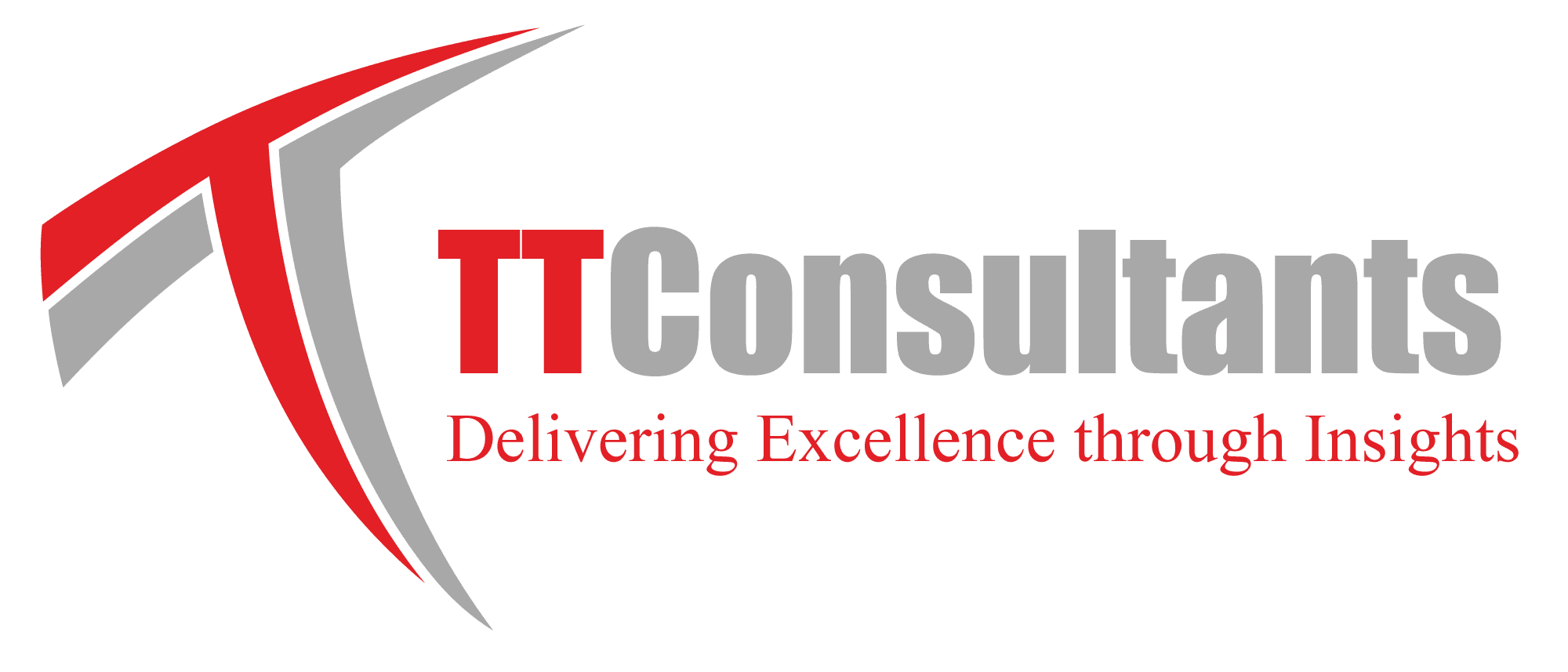Global Solar Panel Recycling Market Size, Share, Growth & Trend Analysis Report, 2032
- Summary
- Market Landscape
- Methodology
- Table of Contents
Global Solar Panel Recycling Market Size, Share, Growth & Trend Analysis Report, by Type (Mechanical, Thermal, Laser), By Shelf Life (Early Loss, Normal Loss), By Technique (Monocrystalline, Thin Flim Panel), By Region, And Segment Forecasts, 2025 – 2032
Solar panel recycling is the process of recovering valuable materials like silicon, glass, and metals from decommissioned photovoltaic panels to reduce waste and promote sustainability.
The Global Solar Panel Recycling Market was valued at approximately USD 330 million in 2024 and is projected to reach USD XX billion by 2032, growing at a Compound Annual Growth Rate (CAGR) of XX% during the forecast period from 2025 to 2032.
Industry Trends
The global solar panel recycling market is witnessing significant growth by 2032. The rapid adoption of solar energy worldwide has led to a surge in end-of-life solar panels, necessitating efficient recycling solutions. With most panels having a lifespan of 25-30 years, the demand for recycling is set to increase sharply in the coming decades.
The U.S. Environmental Protection Agency (EPA) highlights that proper solar panel recycling not only reduces landfill waste but also helps conserve finite resources, further strengthening market momentum.
The expansion of the solar panel recycling industry is primarily driven by stricter environmental regulations and global sustainability initiatives. The European Union's Waste Electrical and Electronic Equipment (WEEE) Directive mandates the collection and recycling of solar panels, ensuring the recovery of valuable materials.
Similarly, India, China, and the U.S. have introduced policies to manage solar photovoltaic waste as part of their ambitious renewable energy goals. According to the Environmental Protection Agency (EPA), nearly 90% of a solar panel's materials can be recycled, making it a lucrative and environmentally beneficial process.
However, the industry faces several challenges that could hinder its growth. One major issue is the high cost of recycling compared to landfill disposal, making it less attractive for manufacturers and consumers. Additionally, the lack of standardized recycling infrastructure in many regions creates logistical difficulties in panel collection and processing. Another challenge is the presence of hazardous materials, such as lead and cadmium, in older solar panels, requiring specialized handling and disposal methods.
Industry Expert’s Opinion
- Bala Subramaniam, Dan F. Survey, Professor, Chemical & Petroleum Engineering, Director, CEBC
“Our goal is to demonstrate a recycling technology that can be easily scaled up and is also green, Efficient recycling of solar panels will be essential as the industry grows, to ensure the availability of critical materials, minimize waste and limit costs. Solving this problem now is essential to avoid the type and scale of pollution that we currently face with waste plastics. This project is an example of the forward-thinking research that the KU CEBC and its collaborators undertake to promote the sustainability of our planet.”
- Pat Buehler, chief product officer, First Solar
“First Solar has long been committed to sustainability, with a particular emphasis on recycling that dates back over 15 years, when we launched the industry’s first commercial recycling program. Partnerships with institutions such as the University of Kansas are invaluable as we continue to evolve our recycling technology to both scale recycling facilities and optimize recovery rates.”
TT Consultants’ Perspective
The solar panel recycling market is witnessing significant growth, driven by the increasing adoption of solar energy and the rising number of end-of-life panels. Advancements in recycling technologies, including mechanical, chemical, and thermal processes, are enhancing material recovery rates for valuable components like silicon, silver, and glass. Growing environmental regulations and sustainability initiatives are further accelerating market expansion.
Market Segmentation
1. By Type (Mechanical Recycling, Thermal Recycling, Laser Recycling)
Mechanical recycling is the most widely used method, accounting for about XX% of the market share in 2024. This process involves physically breaking down solar panels into smaller pieces through shredding, crushing, and grinding. The recovered materials, such as glass, aluminum, and silicon, can be reused in manufacturing new panels or other products.
The popularity of mechanical recycling comes from its low cost, high efficiency, and ability to handle large volumes of waste panels. This makes mechanical recycling a preferred choice among many solar panel recycling companies.
Thermal recycling uses heat-based methods to extract valuable materials from solar panels. It involves burning off certain components, like plastic layers, to separate metals and silicon more effectively. However, this process is less common because it consumes a lot of energy and may release emissions. Despite its drawbacks, thermal recycling is beneficial for processing hard-to-recover materials that mechanical methods might not handle well.
2. By Shelf Life (Early Loss, Normal Loss)
Early Loss (UV Panel Waste) solar panels fail before completing their expected 25–30-year lifespan due to poor installation, midlife failures, or coating degradation. These early failures lead to significant waste, increasing the need for solar panel recycling service solutions. In 2024, early loss panels contributed the largest revenue share in the market.
Recycling these panels efficiently reduces waste, minimizes environmental harm, and allows valuable materials to be recovered for reuse. Normal Loss (UV Panel Waste) solar panels reach their full operational life of 25-30 years before needing replacement. This segment is expected to grow at a CAGR of XX% as the number of aging panels continues to rise. With the increasing adoption of solar energy worldwide, the number of end-of-life panels will significantly increase in the coming years.
3. By Technique (Monocrystalline Panel, Thin Film Panel)
Monocrystalline solar panels are known for their high efficiency and long lifespan, making them a dominant segment in the recycling market. These panels contain high-purity silicon, silver, and aluminum, which are valuable and highly recyclable. The recycling process involves separating these materials for reuse in new panels or other industrial applications.
Thin film panels, such as cadmium telluride (CdTe) and copper indium gallium selenide (CIGS), are gaining popularity due to their flexibility and lower production costs compared to silicon-based panels. However, these panels require specialized recycling techniques to recover materials like cadmium, tellurium, and indium, which are critical for new panel production.
The thin film segment is expected to grow at a CAGR of XX%, driven by its increasing adoption in large-scale solar farms and the development of advanced solar panel recycling technologies to improve material recovery.
4. By Region (North America, Europe, Asia Pacific, Latin America, Middle East and Africa)
The North American solar panel recycling market is growing due to the rising number of end-of-life solar panels, strong government incentives, and advancements in recycling technology. The U.S. dominates this market with large-scale solar installations and policies promoting solar panel recycling, such as tax credits and subsidies for recycling facilities.
Europe is the largest market for solar panel recycling, holding XX% of the global market share in 2024. Strict environmental regulations, such as the EU’s Waste Electrical and Electronic Equipment (WEEE) Directive, mandate the collection and recycling of solar panels. Countries like Germany, France, and Italy have well-established recycling systems, ensuring the efficient recovery of valuable materials.
The fastest-growing region in the solar panel recycling market is Asia Pacific at a CAGR of XX% over the forecast timeframe, driven by China, Japan, and India—three of the world’s largest solar energy adopters. With millions of panels installed over the past decade, a significant number will soon reach the end of their life cycle, increasing demand for solar panel recycling service solutions.
Competitive Scenario
The key companies in global solar panel recycling industry are First Solar Inc., Echo Environmental, LLC, SILCONTEL LTD, Canadian Solar, Silrec Corporation, SunPower Corporation, Reiling GmbH & Co. KG, Trina Solar, Aurubis, Envaris, SiC Processing GmbH, Yingli Energy Co. Ltd., and Hanwha Group among others. These solar panel recycling companies continue to innovate and expand their service offerings to meet growing demand.
Strategic Activities
- In February 2025, Mecklenburg County, in collaboration with SPR and SEIA, launched a pilot program to provide residents and businesses with drop-off sites for old or damaged solar panels. The initiative aims to make solar panel recycling more accessible and is expected to expand nationwide after the pilot phase.
- In February 2025, SPR partnered with the Solar Energy Industries Association (SEIA) and Mecklenburg County, North Carolina, to establish convenient drop-off locations for end-of-life residential solar panels. This six-month pilot program aims to create a blueprint for expanding residential solar panel recycling nationwide.
- In October 2024, Solarcycle announced plans to construct a 255,000-square-foot facility in Cedartown, Georgia, capable of recycling materials from ten million solar panels per year. This facility is expected to handle nearly 25-30% of the U.S.'s retired solar panels by 2030.

Please fill out the form to request the ToC and gain access to detailed insights in the report.
Request Table of Contents







